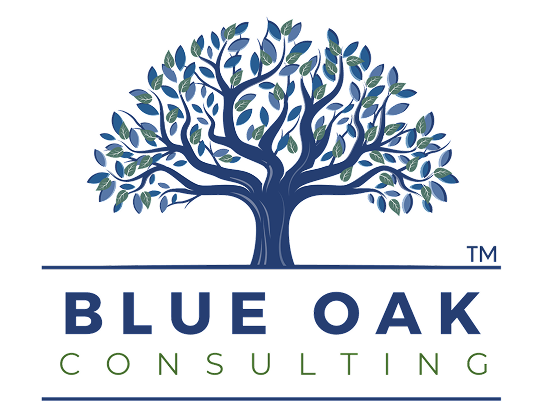How small business owners and teams can stay healthy enough to lead, grow, and last.
Let’s talk about something that doesn’t show up on your balance sheet—but hits just as hard:
Burnout.
You know the signs:
✔ You’re working longer hours but getting less done
✔ Your team seems checked out or constantly overwhelmed
✔ Small tasks feel like big ones
✔ The passion you had for the business? It’s flickering
I’ve been there. Most business owners I know have too.
Burnout isn’t just about stress. It’s what happens when that stress outpaces recovery—when the system keeps demanding more but never resets.
Burnout isn’t just a wellness concern—it’s a business liability. According to CLEO, burnout can cost businesses anywhere from $4,000 to $21,000 per employee annually, factoring in turnover, lost productivity, and absenteeism. When small manufacturing teams are already stretched thin, that kind of hit to output and morale is something few can afford. This is why addressing burnout proactively isn’t just compassionate, it’s strategic.
And in a small business? That’s not just a you problem. It’s an everyone problem.
Let’s break this down.
Burnout Happens When Systems Rely Too Much on People Power
In the early stages of a business, grit carries the day. You patch holes. You take on three jobs. You work weekends. You say yes to everything.
But if that becomes the long-term model, burnout is inevitable.
You need systems. Processes. Delegation. Boundaries.
✔ Burnout thrives in chaos. Productivity thrives in structure.
Your Team Feels It Too—Even If They Don’t Say It
Most employees won’t raise their hand and say, “I’m headed for burnout.”
Instead, you’ll see:
- Drop in performance
- Shorter tempers
- Missed deadlines
- Quiet quitting
- More sick days, fewer ideas
If you want long-term productivity, start by protecting long-term energy.
How to Build a Business That Doesn’t Burn People Out
Here’s what I’ve learned (the hard way):
1. Normalize Recovery
If you treat rest like weakness, your team will too. Set a different tone:
- Encourage breaks
- Respect off-hours
- Build buffer into deadlines
Leaders go first.
2. Automate and Delegate (Even If It’s Not Perfect Yet)
You’re not the only one who can send invoices, approve orders, or run that report. If something takes you 30 minutes a week, that’s over 25 hours a year you could free up.
✔ Build the process once
✔ Train someone else
✔ Move on
It won’t be perfect—but it will be sustainable.
3. Use Tools to Lighten the Load
If your team is spending hours on manual tasks that could be automated, you’re creating fatigue that’s 100% preventable.
Lean into:
- Project management tools
- Inventory tracking systems
- Financial dashboards
- Email and calendar automation
Buy back bandwidth where you can.
4. Talk About Capacity (Before It’s a Crisis)
Waiting until someone is drowning to ask how they’re doing is too late.
✔ Check in regularly
✔ Prioritize work with clarity
✔ Protect your team from “urgent but unimportant” chaos
Sometimes the best productivity boost is a simple “no.”
5. Measure Energy—Not Just Output
Sure, track KPIs. But also ask:
- Are we energized by the work—or just enduring it?
- Do we have space to think, improve, and connect?
- Is this pace sustainable?
If the answer is “no,” it’s not just a people issue—it’s a business model issue.
You Can’t Scale Burnout
You can scale a process. You can scale a culture. You can scale a product.
But you cannot scale a tired, worn-out team—or an exhausted founder.
Protecting your energy and your team’s well-being isn’t soft. It’s strategic.
Because the truth is: burned out businesses don’t grow.
Learn more at blueoakconsulting.net





